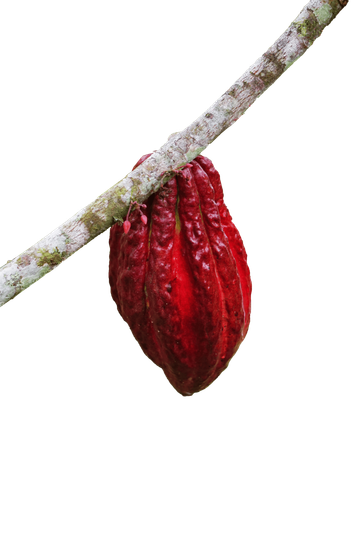Plantation

Kelapa Sawit
Oil palm fertilization is the implementation or application of fertilizer in the field which is part of the overall fertilization management starting from the preparation of fertilization recommendations, procurement of fertilizer and its application in the field.

Karet
This technical guideline is specifically and briefly created for the needs of users in implementing rubber plant fertilization at every stage of growth, starting from the nursery until the time the plant produces (TM).

Kopi
Coffee is the most traded plantation commodity. Coffee cultivation centers are in Latin America, Central America, Asia-Pacific and Africa. While the largest coffee consumers are in European and North American countries. It is natural that this commodity is very actively traded.

Kakao
One of the very important factors for cocoa plants to produce well is determined by the fertilizer factor. The importance of the fertilizer factor, because cocoa will only produce if it is fertilized properly at the age of 2.5-3 years after planting and requires a relatively large cost per unit area.

Cengkeh
Coffee is the most traded plantation commodity. Coffee cultivation centers are in Latin America, Central America, Asia-Pacific and Africa. While the largest coffee consumers are in European and North American countries. It is natural that this commodity is very actively traded.

Tanaman Tebu
Fertilization of sugarcane plantations is the process of providing the nutrients needed to support the growth and development of sugarcane plants. The main nutrients required include nitrogen (N), phosphorus (P), and potassium (K), often abbreviated as NPK.

Lada
Fertilization in pepper plantations (Piper nigrum) is the process of providing essential nutrients to support plant growth, fruit production, and disease resistance. The main nutrients needed include nitrogen (N), phosphorus (P), and potassium (K).
